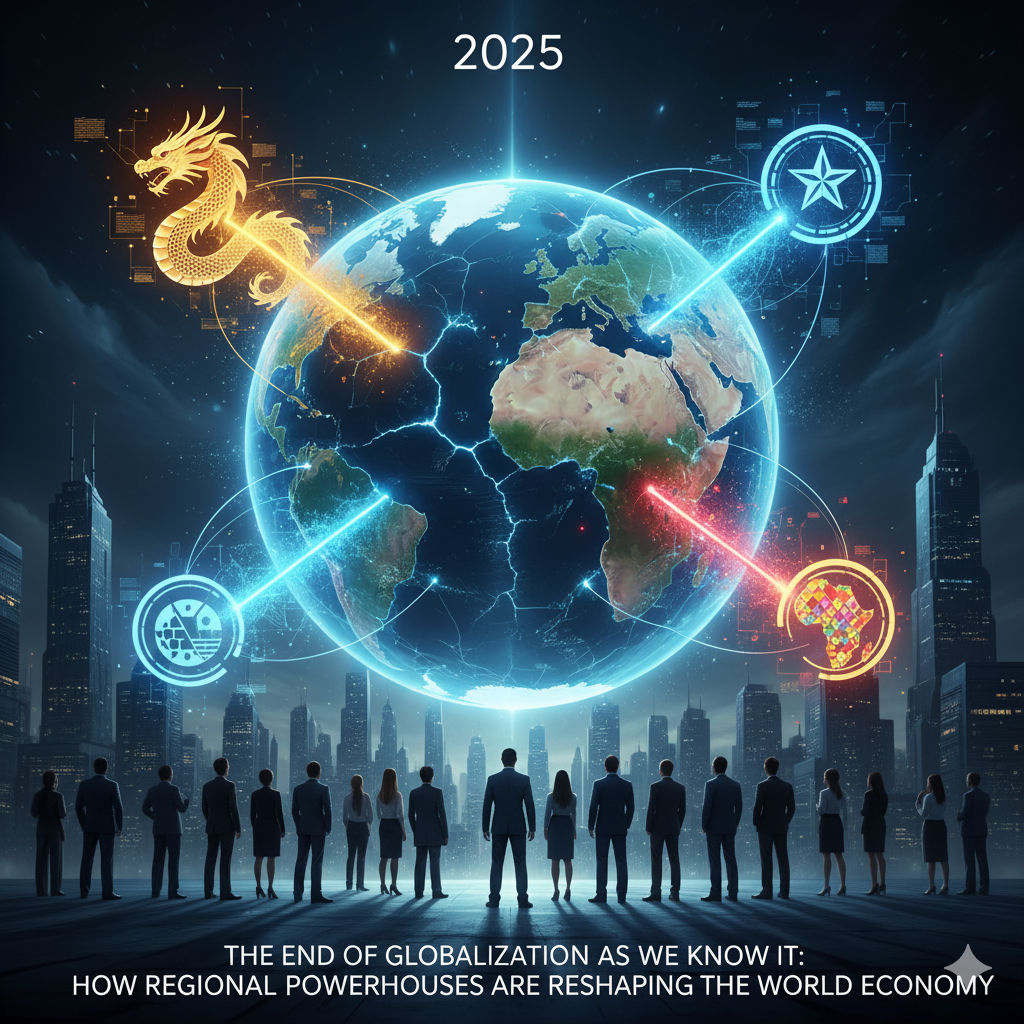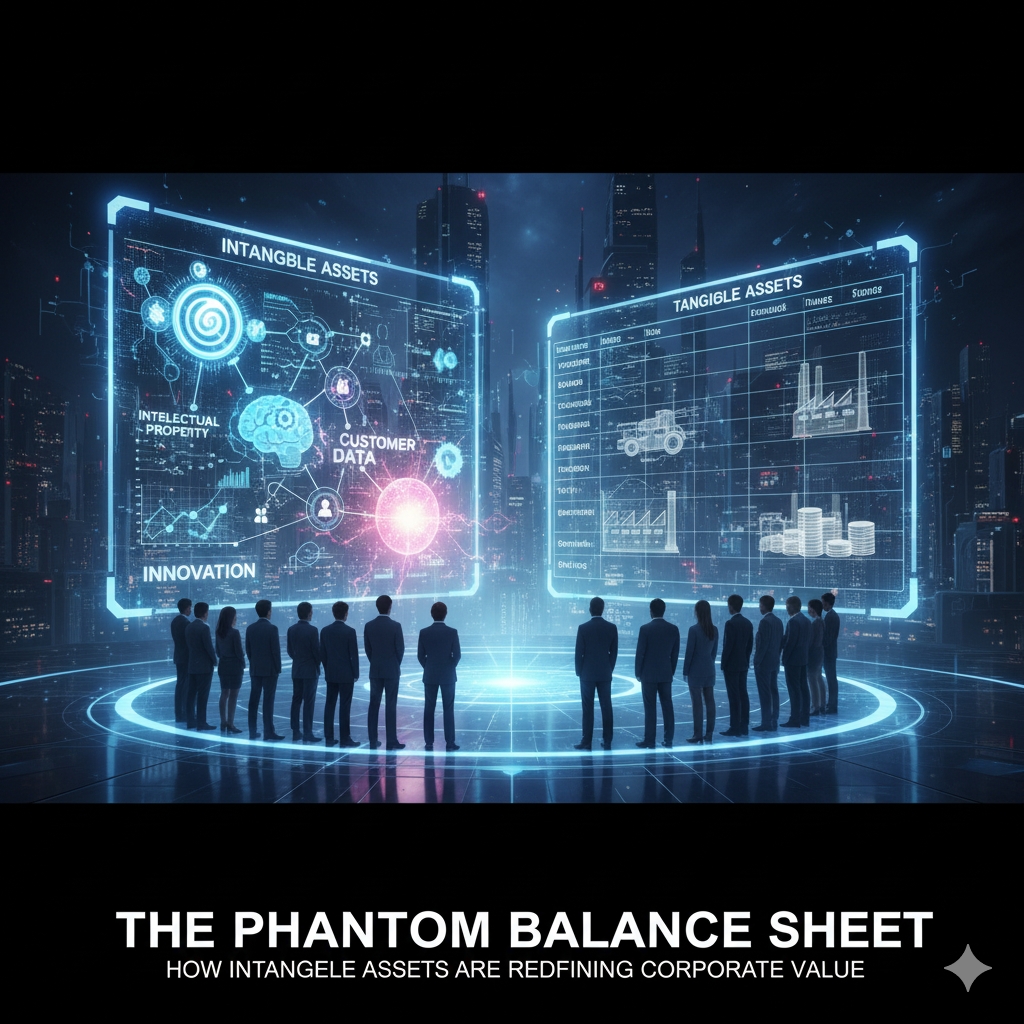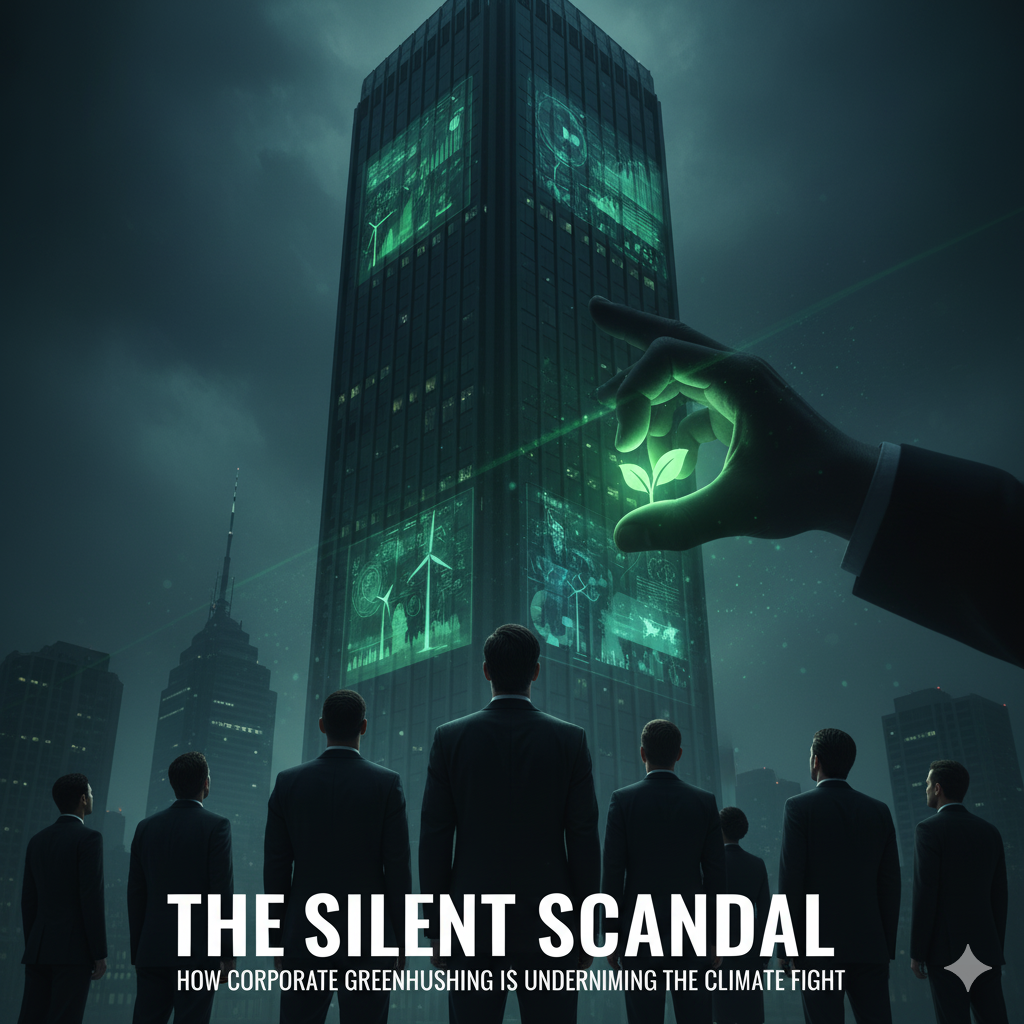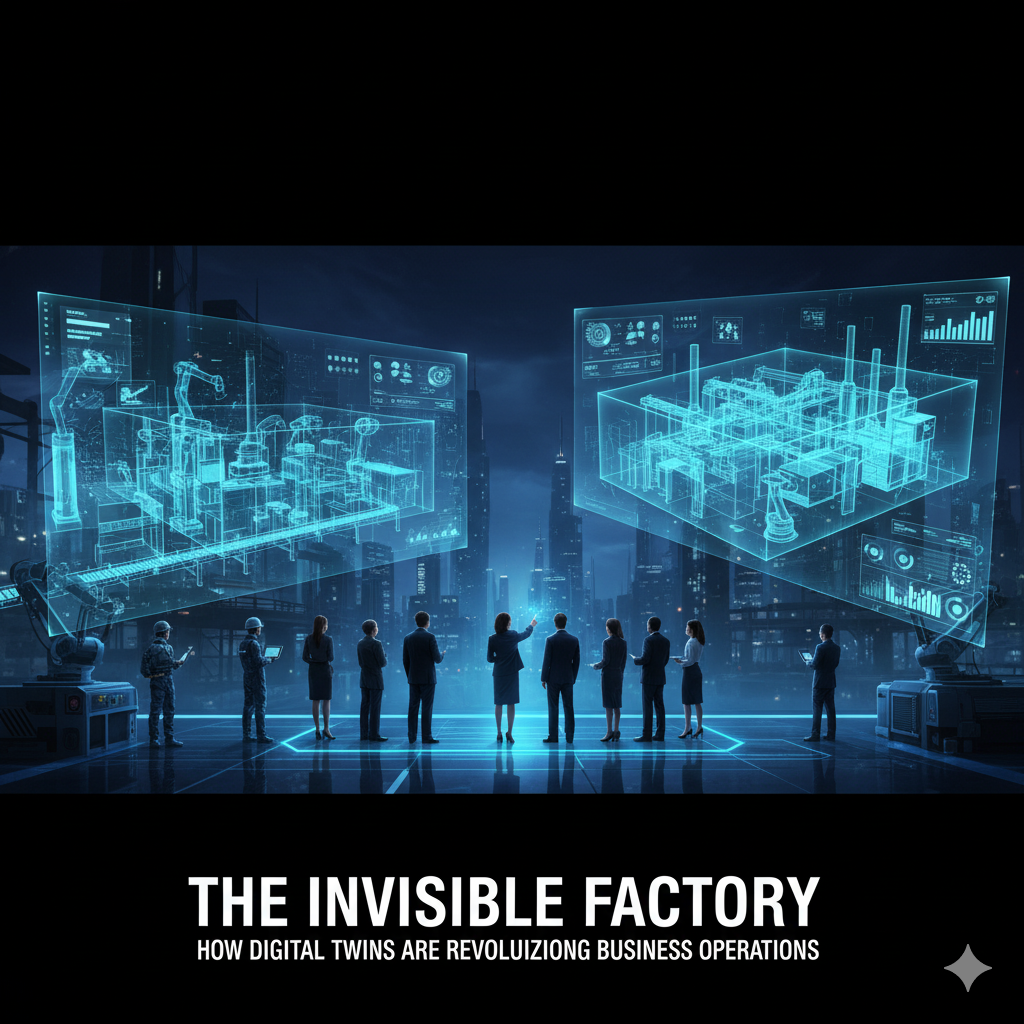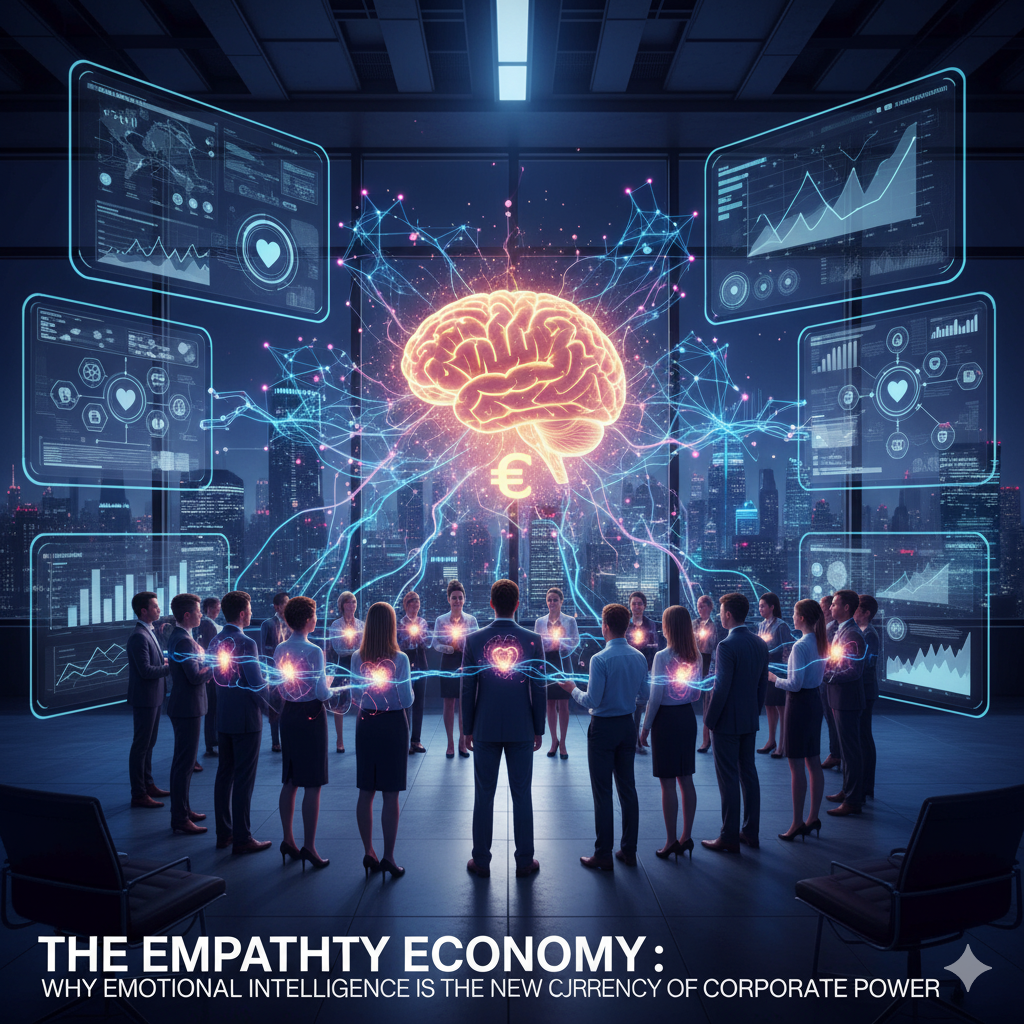The frantic floor of the NYSE, with traders shouting and gesturing, is a relic. The modern market is a silent, hyper-cooled data center where servers separated by miles fight for million-dollar advantages in microseconds. This is the domain of the algorithm. Over 80% of U.S. stock trading is now executed without direct human intervention, a percentage that climbs yearly. We have entered the era of the Algo-Wars, a continuous, invisible battle between competing machine intelligence systems that is fundamentally reshaping market dynamics, creating unprecedented opportunities, and lurking with systemic risks that traditional investors are only beginning to comprehend.
The Evolution of the Electronic Beast
To understand the present, we must trace the evolution of algorithmic trading from a simple tool to a dominant, autonomous force.
First Generation: Execution Algorithms (The “How”). These were simple, rules-based programs designed to efficiently execute a large human-directed order. Strategies like VWAP (Volume-Weighted Average Price) and TWAP (Time-Weighted Average Price) broke up large orders to minimize market impact. The human was still the brain; the algorithm was the skilled pair of hands.
Second Generation: High-Frequency Trading (HFT) (The “When”). This phase introduced a time dimension measured in nanoseconds. HFT firms like Citadel Securities and Virtu Financial built specialized hardware and private fiber-optic lines to co-locate their servers next to exchange servers. Their goal was arbitrage: exploiting tiny price discrepancies for the same asset across different venues, making fractions of a penny on millions of trades per day. They are the market’s lubricant and, critics argue, its potential kindling.
Third Generation: AI-Driven Predictive Trading (The “Why”). This is the current frontier. Here, machine learning (ML) and artificial intelligence (AI) don’t just execute or arbitrage; they predict. These systems analyze a firehose of non-traditional data—satellite images of parking lots, sentiment analysis of news headlines, credit card transaction flows—to forecast price movements before they are reflected in financial statements. The human role shifts from decision-maker to model-builder and overseer.
The New Market Structure: Fragmentation and “Liquidity Mirage”
The rise of the algos has fragmented the market landscape, creating a complex ecosystem that is opaque to the average investor.
The Rise of Dark Pools and ATSs: A significant portion of trading has moved off public exchanges into Alternative Trading Systems (ATSs) and dark pools like those operated by Goldman Sachs (Sigma X) and UBS. These are private venues where institutions can trade large blocks of shares without displaying their intentions to the public market. While designed to reduce market impact, they also drain liquidity and price-discovery information from the public exchanges, creating a two-tiered market.
The Liquidity Mirage: HFT firms provide the illusion of deep, constant liquidity by always being ready to buy or sell. However, this liquidity can vanish in a millisecond during periods of extreme volatility. The “Flash Crash” of 2010 was a stark demonstration, where HFTs, instead of stabilizing the market, withdrew their bids en masse, accelerating the plunge. The market appears robust, but its foundation can be shockingly fragile.
The Predatory Algorithms: A more sinister class of algos exists solely to detect and exploit the predictable behavior of other algorithms. Techniques like “quote stuffing” (flooding the market with orders to create latency for competitors) and “momentum ignition” (placing a series of orders to trigger other algos into starting a trend) are the weapons of this digital battlefield. It’s a digital version of front-running, where the fastest AI profits from anticipating the actions of the slower one.
The Quant Resurgence: Factor Investing on Steroids
The most significant impact for the average investor, even in passive funds, is the dominance of quantitative, or “quant,” strategies. These are not your grandfather’s value investors.
The Factor Zoo: Quants have moved beyond the basic factors of Value, Size, and Momentum. They now mine hundreds of potential factors—from “employee satisfaction” to “linguistic analysis of earnings calls”—using AI to find persistent, if faint, signals of future returns. The resulting portfolios are hyper-diversified and rebalanced with machinic discipline.
The Crowding Risk: The danger emerges when too many quant funds converge on the same factors. When a risk signal flashes, they can all try to exit the same crowded trade simultaneously. This was evident in the “Quant Quake” of August 2007 and subsequent events, where seemingly uncorrelated assets suddenly became correlated as forced, algorithmic selling created a cascade. The very intelligence designed to diversify risk can, paradoxically, become a source of systemic risk.
The Death of Intuition: In this environment, the “story” behind a stock—its brand, its visionary CEO, its market potential—becomes secondary to its statistical footprint. A company can be a wonderful business but a terrible stock if its factor exposure is wrong. This disconnects price from narrative in a way that is deeply unsettling for traditional fundamental analysis.
The Investor’s Playbook: Surviving and Thriving in the Algo-Era
The individual or institutional investor cannot outgun a supercomputer in a speed contest. The winning strategy, therefore, is not to fight the algos, but to understand their behavior and invest around their limitations.
Embrace a Long-Term, Fundamental Horizon: Algos are optimized for short-term signals. They create noise. A long-term investor, focused on a company’s discounted cash flows and durable competitive advantage, can effectively “tune out” this noise. The algorithmic war creates a day-to-day randomness that can be exploited by those with patience.
Utilize VWAP and Other Execution Tools: When placing trades, especially large ones, use the algos to your advantage. By using a VWAP execution algorithm, you ensure your order is spread out to achieve an average price, minimizing the market impact that HFTs would otherwise exploit.
Be Wary of Technical Analysis “Voodoo”: Many classic technical patterns are now well-known and exploited by algos. A head-and-shoulders pattern might be a self-fulfilling prophecy for a few milliseconds before a reversal algo attacks it. Relying solely on technicals is like bringing a knife to a gunfight where the other side has radar.
Diversify into Less Efficient Assets: The algo-stranglehold is strongest in large-cap, liquid stocks like the S&P 500. Inefficiencies still abound in small-cap stocks, international emerging markets, and certain complex credit instruments where the data is sparse and the algos are less dominant. This is where active, fundamental managers can still add significant value.
Case Study: The GameStop Saga – A Human-Algo Symbiosis
The GameStop short squeeze of 2021 was mistakenly seen as a victory of “dumb money” retail traders over “smart money” Wall Street. In reality, it was a complex dance between humans and machines. Retail traders, coordinated on Reddit, provided the collective intent and buying pressure. But the explosive price moves were amplified by algos.
Momentum Ignition: Retail buying triggered momentum algos, which piled in, accelerating the rise.
Gamma Squeeze: The surge in call option buying forced market makers (whose hedging is automated) to buy the underlying stock, creating a feedback loop.
Short Squeeze: Risk-management algos at hedge funds like Melvin Capital, facing catastrophic losses, were forced to automatically cover their short positions, buying back shares at any price.
The episode was a perfect storm demonstrating how human sentiment can hijack algorithmic market structure to create a feedback loop of historic proportions.
Strategic Outlook: The Next Frontier – Autonomous AI Portfolios and Quantum Threats
The Algo-Wars are about to escalate into a new, even more autonomous phase.
Reinforcement Learning (RL): The next generation of trading AIs uses RL, where the algorithm learns optimal behavior through trial and error in a simulated market, developing strategies that may be incomprehensible to its human creators. This is “black box” trading on steroids.
The Quantum Computing Threat: While years away, functional quantum computers pose an existential threat to current market security. They could break the encryption that secures financial transactions and, more profoundly, run complex market simulations in seconds that would take today’s supercomputers millennia, granting an unassailable advantage to its owner.
Regulatory Response: Regulators like the SEC are playing a desperate game of catch-up. Proposals like a “transaction tax” to curb HFT or stricter rules on dark pool transparency are constantly debated. The central challenge is reining in systemic risk without stifling the liquidity and efficiency that algos provide.
Conclusion: The New Market Reality is Non-Human
The market is no longer a collective reflection of human judgment on corporate value. It is a complex adaptive system where the primary actors are machines of ever-increasing intelligence, engaged in a perpetual, high-stakes competition for alpha.
For the investor, this means accepting a new reality. Volatility is not just a function of economic news, but of algorithmic interaction. Liquidity is not a constant, but a conditional variable that can disappear. Success requires a strategy that is either long-term enough to be immune to the micro-battles, or sophisticated enough to understand and navigate the new digital topography of finance. The trading floor hasn’t just gone quiet; it has been replaced by a server rack, and the new market makers don’t sleep, don’t blink, and don’t feel fear. Your investment philosophy must be built for their world.


